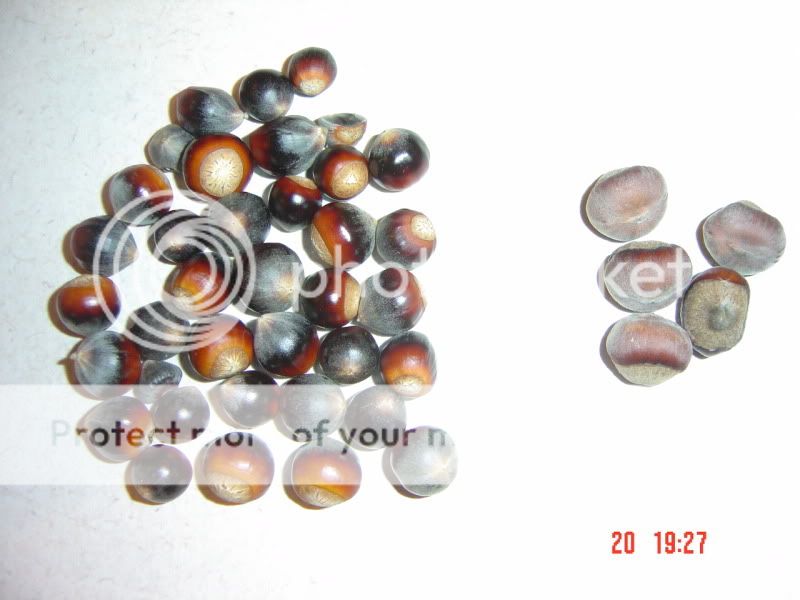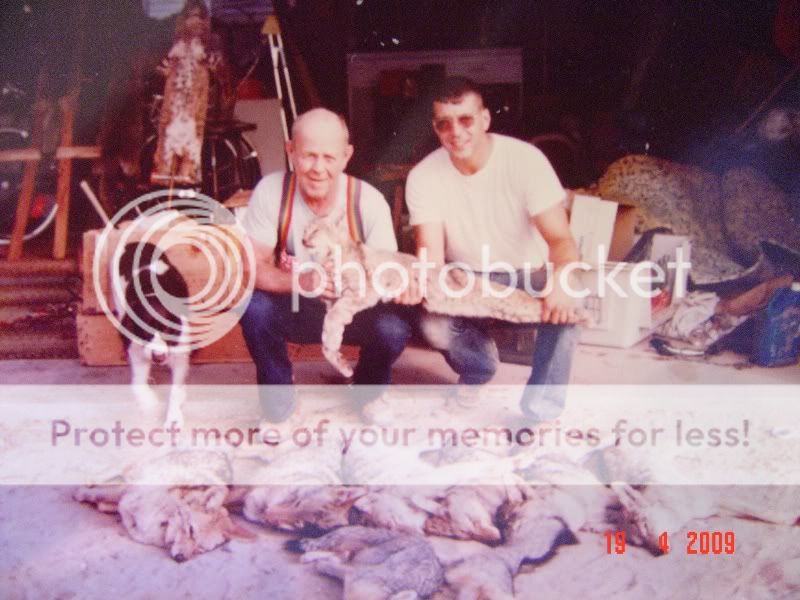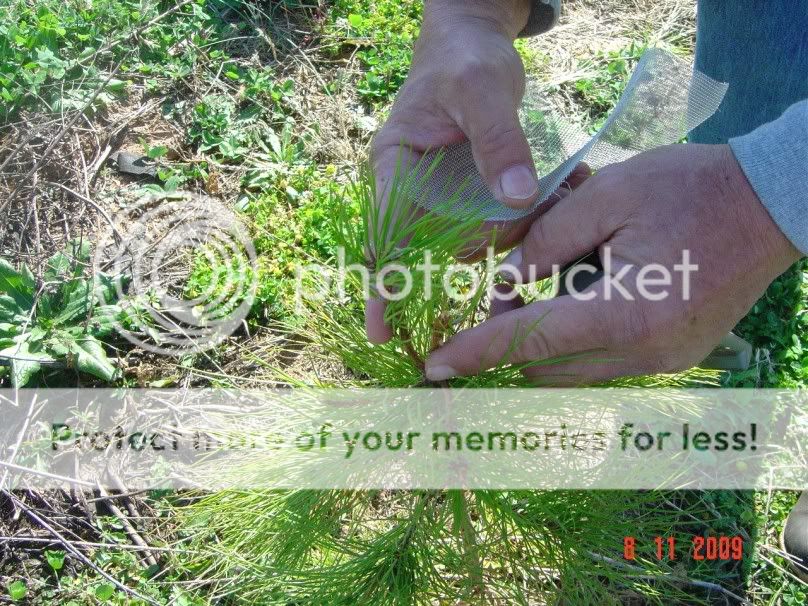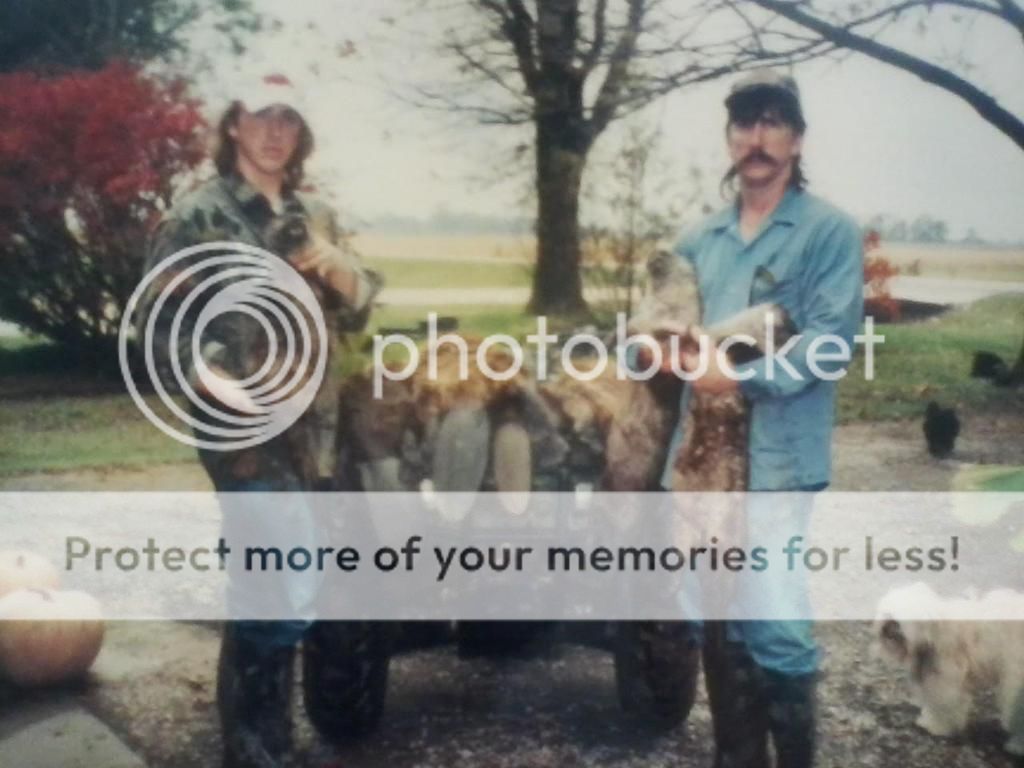Bush ... your reference picture is certainly consistent with your photo; it must be a SWO. I was looking more at the leaf structure; however, I dont believe I could see a complete leaf ... so I must have been mistaken. Thanks for the great reference section on SWOs
After looking again at the leaves on your picture of your tree, I googled swamp chestnut oak (quercus michauxii) acorn ... it may very well be you have a swamp chestnut oak tree ... while a member of the white oak family ir is a different tree than a SWO .. they do share similar characteristics. Here is a picture of a swamp chestnut oak with acorns.












